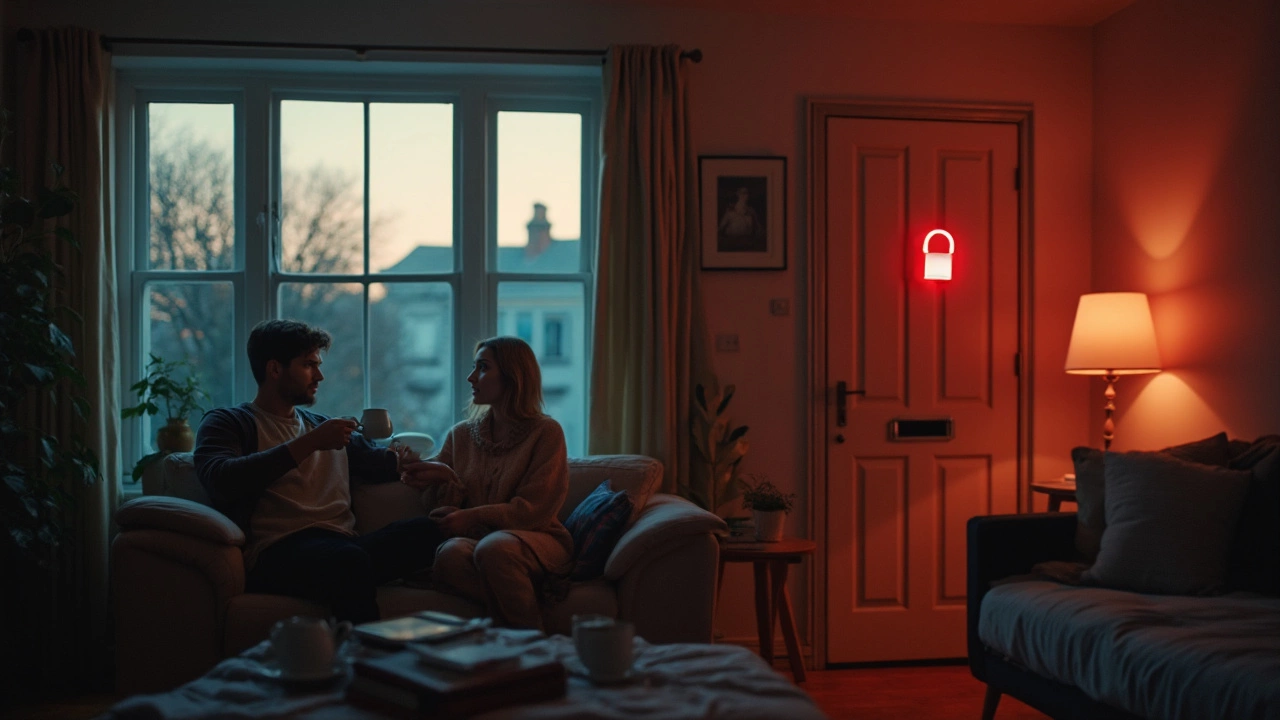Security cameras and smart doorbells are great for watching over your home, but they can also expose a lot of personal data if you’re not careful. Below are real‑world steps you can take right now to keep your footage, recordings, and Wi‑Fi network private.
First thing you should do is check the camera’s privacy settings. Most modern cameras let you turn off remote viewing, set a password, and choose who can see the live feed. Use a strong, unique password – avoid names, birthdays, or easy‑to‑guess strings. If the camera offers two‑factor authentication, enable it; it adds a second layer that stops hackers even if they guess your password.
Next, look for a ‘privacy mode’ or a physical shutter. When you’re home and don’t need the camera on, switch it to privacy mode or cover the lens. This prevents accidental recordings that could be accessed later.
Your cameras talk to the internet over Wi‑Fi, so a weak network is a weak link. Change the default router admin password and set the Wi‑Fi encryption to WPA3 if your router supports it; WPA2 is okay but avoid older protocols like WEP. Give each device its own network name (SSID) or use a guest network for cameras and smart doorbells. That way, even if a camera is compromised, the intruder can’t hop onto your main home network and see other devices.
Turn off UPnP (Universal Plug and Play) unless you really need it. UPnP can automatically open ports on your router, which gives hackers an easy path in. Instead, manually forward only the ports you need for remote access, and keep the list short.
Finally, keep firmware updated. Camera manufacturers release patches for security flaws regularly. Set the device to update automatically or check the app once a month for new versions.
Following these steps cuts down on the biggest privacy risks – unauthorized viewing, data leaks, and network breaches. Even if you’re not a tech wizard, the actions are simple: change passwords, enable two‑factor, lock down Wi‑Fi, and keep software current.
Remember, privacy isn’t a one‑time checklist; it’s an ongoing habit. Whenever you add a new device, repeat the same process. Your home stays safer, and you keep control of who sees what.

Ever wondered if your smart home is really secure? This article digs into the real risks and protections around smart devices, from cameras to door locks. Discover why hackers target smart homes and what you can actually do to keep your household safe. Packed with surprising facts, practical tips, and clear advice, you'll know what matters and what doesn't when it comes to digital home security. Get real answers to the questions people ask but rarely get straight.